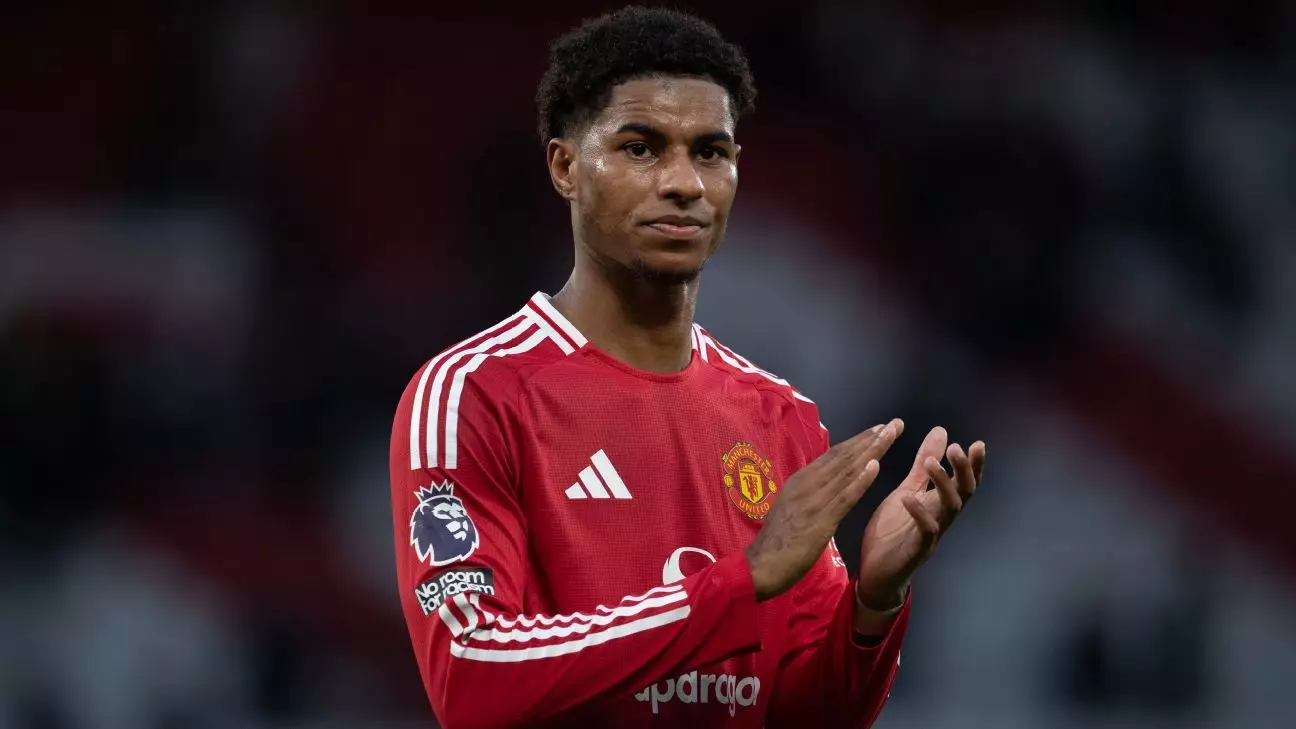The ongoing Premier League transfer window, which opened on Wednesday, presents a crucial opportunity for clubs to enhance their squads for the remainder of the 2024-25 season and beyond. This period allows teams not only in the Premier League but across all tiers of England’s football leagues, as well as those in top European leagues like France and Germany, to reinforce their line-ups through new signings before the window closes at 11 p.m. GMT on February 3, 2025. As clubs navigate this complex landscape, several critical factors will likely influence club strategies and player movements.
The transfer window’s timing is significant, differing across leagues, with notable variations in Spain and Italy, where the window opens on January 2. For instance, LaLiga and Serie A’s windows close at midnight local time in Spain and two hours later in Italy, respectively. In contrast, Ligue 1 clubs face a tighter deadline, with the window closing an hour earlier than their Premier League counterparts. This discrepancy allows teams in different leagues to strategize based on their respective timelines, often leading to a flurry of last-minute deals as deadlines loom.
Last year, Premier League clubs experienced a drop in transfer spending compared to previous years, with gross spending totaling £100 million in January—substantially lower than the record £815 million spent in 2023. This decline can be attributed to various factors, including rising economic pressures and clubs cautiously evaluating their financial strategies. Clubs are now more deliberate with their spending, often focusing on youth development and sustainable growth through shrewd acquisitions rather than extravagant signings.
Notably, the most expensive transfer during the previous window involved Tottenham Hotspur securing defender Radu Dragusin from Genoa for approximately €25 million plus add-ons. This move highlights a trend of clubs prioritizing youth and potential over high-profile signings, which could signify a longer-term strategic shift within the market. Comparatively, the overall spending across Europe’s top leagues increased from €255 million in January 2023 to €455 million in January 2024, indicating a resurgence of investment amidst a generally conservative approach in England.
Meanwhile, the impending changes in player contracts create a critical atmosphere of speculation within the Premier League. High-profile players such as Marcus Rashford of Manchester United have openly expressed a desire for change, sparking discussions about potential transfers. Rashford’s comments regarding his future amid the managerial decisions add to the intrigue of the transfer window. His absence from the squad in crucial match-ups suggests internal tensions that could lead to his eventual departure if the situation remains unresolved.
The futures of several Liverpool stars, including Mohamed Salah, Trent Alexander-Arnold, and Virgil van Dijk, are equally uncertain due to their expiring contracts. As these players become free agents at season’s end, they are free to negotiate with non-English clubs, amplifying the stakes for Liverpool. Should they fail to secure contract renewals soon, it could lead to a significant talent exodus that might disrupt the squad’s balance and long-term strategy.
Manchester City finds itself in a parallel situation with Kevin De Bruyne, a pivotal figure whose contract is due to expire this summer. His potential departure would not only impact City’s midfield dynamics but also indicate a fundamental shift in how clubs are managing their high-profile players. The prospect of top players leaving on a free transfer poses a unique challenge for club management, compelling them to either negotiate renewals promptly or brace for an upcoming reshuffle.
As the 2024-25 transfer window progresses, the interplay of spending trends, player expectations, and contractual uncertainties paints a complex picture of the situation. Clubs must weigh the benefits of immediate acquisitions against the longer-term implications of their financial decisions. The next month promises to be pivotal, as clubs and fans alike hold their breath for potential upheavals that could redefine not only individual clubs but the landscape of the Premier League as a whole. The combination of rising market trends, player aspirations for change, and the urgency of contract negotiations will set the stage for an exciting and unpredictable transfer window.


Leave a Reply